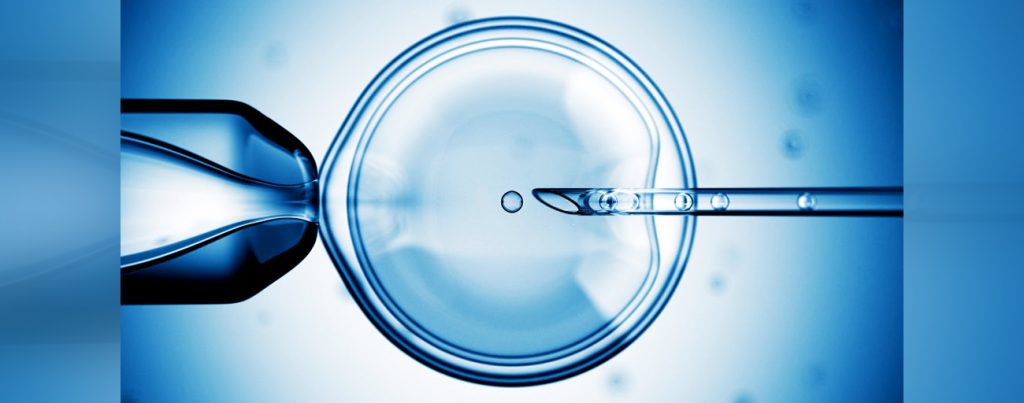Intracytoplasmic Sperm Injection
During ICSI, a single sperm is injected directly into an egg. ICSI may be used as part of an IVF treatment.
In normal IVF, many sperm are placed together with an egg, in hopes that one of the sperm will enter and fertilize the egg. If the quality of the man’s semen is very poor, his sperm may not be able to fertilize female eggs on their own. In these cases, one individual sperm can be injected into the egg directly using a microscopic needle (ICSI). With ICSI, the embryologist takes a single sperm and injects it directly into an egg. For this a specialized ICSI machine is used. Success rate is more in ICSI in certain indications.
Why is ICSI Done?
ICSI is typically used in cases of severe male infertility, including:
- Very low sperm count (also known as oligospermia)
- Abnormally shaped sperm (also known as teratozoospermia)
- Poor sperm movement (also known as asthenozoospermia)
- Combined (teratoasthenozooazospermia)
If a man does not have any sperm in his ejaculate, but he is producing sperm,diagnosed by hormonal test and a small testicular biopsy,sperns might be retrieved through testicular sperm extraction, or testicular sperm aspiration (TESE or TESA). Sperm retrieved through TESE or TESA require the use of ICSI.
ICSI is also used in cases of retrogarde ejaculation if the sperm are retrieved from the man’s urine.
ICSI may also be done if regular IVF treatment fails .
What is the Procedure for ICSI?
As with regular IVF, you’ll take ovarian stimulating drugs, while your doctor will monitor your progress with blood tests and ultrasounds. Once you’ve grown enough good-sized follicles, you’ll have the egg retrieval, where eggs are removed from your ovaries with a specialized, ultrasound-guided needle.
Your partner will provide his sperm sample that same day (unless you’re using a sperm donor, or previously frozen sperm.)
Once the eggs are retrieved, an embryologist will place the eggs in a special culture, and using a microscope and tiny needle, a single sperm will be injected into an egg. This will be done for each egg retrieved.
If fertilization takes place, and the embryos are healthy, an embryo or two will be transferred to your uterus, via a catheter placed through the cervix, two to five days after the retrieval
Pregnancy check by B-Hcg (14 days)

